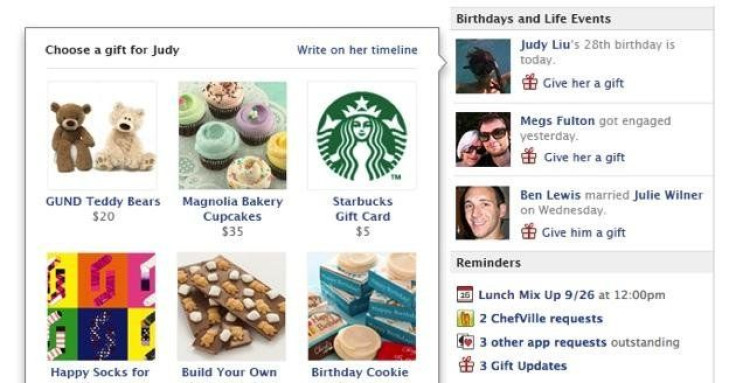Americans On Track For Record Holiday Online Shopping - Report

U.S. consumers are buying online more than ever, increasing their virtual shopping by half since before the last recession to nearly $42 billion in the third quarter of this year -- the fourth straight year-over-year increase in the third quarter, according digital marketing researcher comScore Inc. of Reston, Va.
The figures, which were released Wednesday, suggest, as have other economic indicators, that the 2012 holiday shopping season, a major annual economic event in the U.S. consumer-driven economy, could see a full rebound from the 2008-09 recession. E-shoppers are expected to spend more in the fourth quarter than in the third on online sales, as they have since the firm started tracking such data in the first quarter of 2007, when Americans spent $28 billion on online purchases.
“The Q3 growth rate of 15 percent growth [compared to last year] remained in line with the prior quarter and provided confirmation of the strength in the e-commerce sector,” said comScore Chairman Gian Fulgoni. “Such performance offers some optimism as we approach the holiday season, especially given recent improvements in consumer sentiment. With the housing market beginning to show signs of recovery in addition to increasing – if still underwhelming – job growth, there appears to be strong enough footing to support a very healthy online holiday shopping season.”
September 2012 housing starts were up nearly 35 percent compared to last year, a four-year high, according to the U.S. Commerce Department. The Labor Department said October hiring was up 171,000 people, hardly robust but trending upward as the country enters the holiday season.
Customers continue to embrace e-commerce, especially in digital subscription services, consumer electronics, apparel and software, which all saw about a 16 percent rise in this quarter from last year, according to the report.
Since 2007, the only negative or flat growth in online purchases recorded occurred right during the worst of the mortgage crisis, from the fourth quarter of 2008 to the third quarter of 2009. The figure dipped below $30 billion in the third quarter of 2009 but quickly rebounded by a third in that holiday season. For this end-of-year online buying spree, consumers will spend more than the $42 million they spent through the Internet from July through September -- indeed more than they ever have.
At least shipping companies think so.
FedEx Corporation (NYSE:FDX) of Memphis, Tenn., estimates a 13 percent increase in shipments (280 million packages) between Thanksgiving and Christmas this year compared to last, and a 10 percent rise on its busiest day, Dec. 10, of 19 million packages.
Likewise, Atlanta-based United Parcel Service Inc. (NYSE:UPS), the world’s largest deliverer, expects a 10 percent increase in package deliveries between Thanksgiving and Christmas, to 527 million packages and expects to carry 28 million packages on its busiest day of the year, Dec. 20. Much of that traffic will be fueled by the increasing popularity of buying gifts online.
Paris-based market research firm Ipsos and Google Inc. (Nasdaq: GOOG) of Mountain View, Calif., reported in October that U.S. consumers have quickly embraced new mobile technologies – tablets and smartphones. Nearly half of consumers, for example, have items saved in Web retailers’ virtual checkouts or have sent themselves links to products they plan or would like to purchase. Nearly one in three consumers will use both the Internet and brick-and-mortar stores to research products before buying them online. Nearly half of consumers will go online to read product reviews, the report also stated, and more than one in 10 consumers use online services like YouTube to watch product review videos. Already online, many will open another browser window and click a website’s buy button.
© Copyright IBTimes 2024. All rights reserved.












